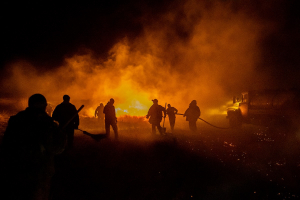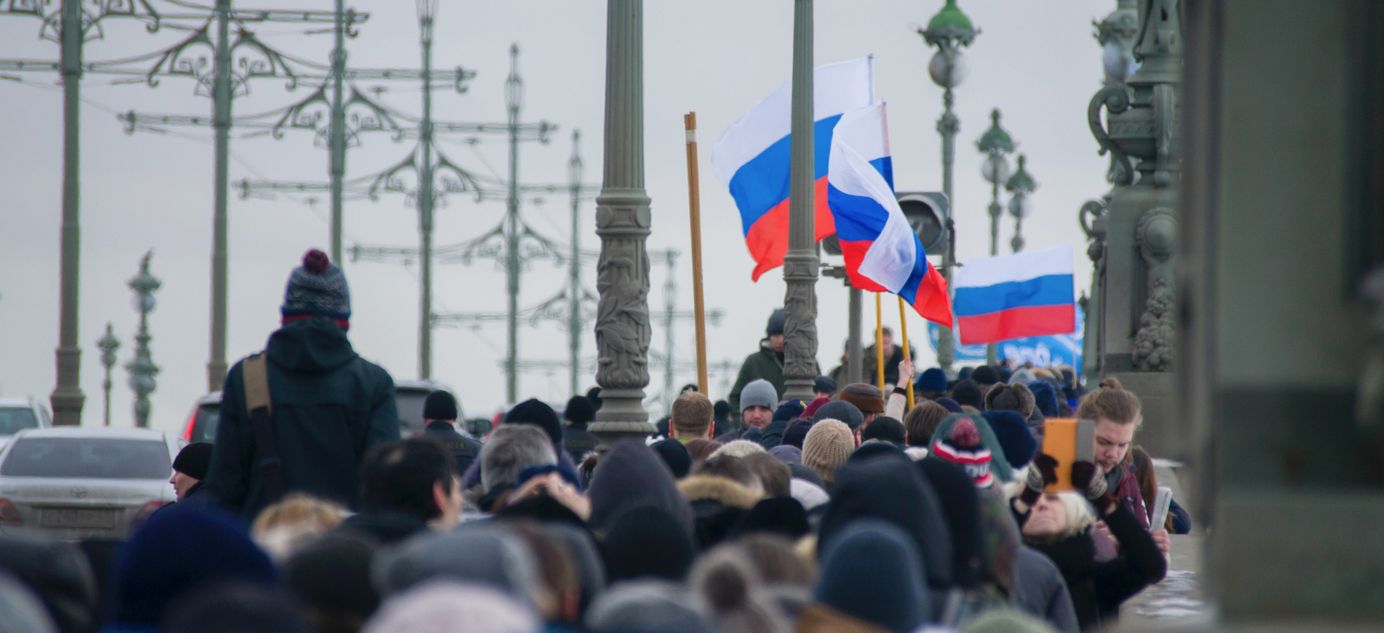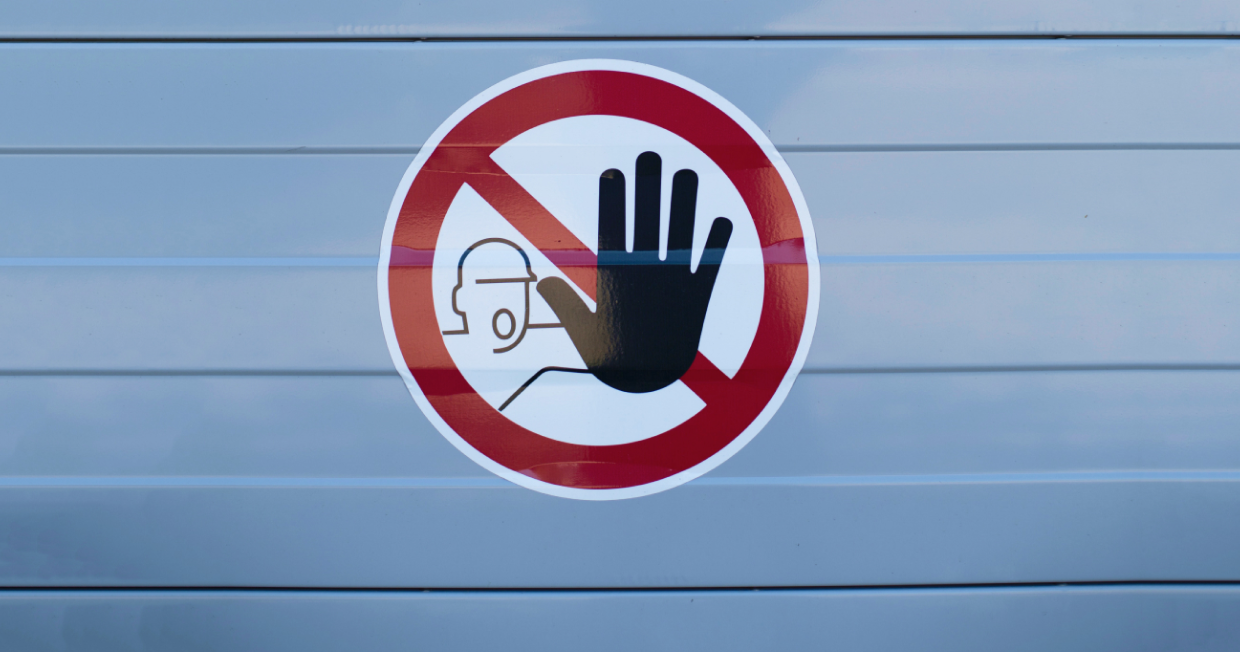
Russia CO2 reduction strategy plans rising emissions

The Russian government is discussing a new strategy to reduce greenhouse gas emissions. It has yet to be made official, but journalists from several Russian publications including The Bell obtained a draft copy this week. The baseline scenario is that emissions will drop 25 percent through 2050. However, this reduction is supposed to come largely from the absorption of carbon dioxide by Russia’s forests. In almost all areas of the economy — metals, transport and agriculture — emissions will increase.
- The strategy document has been developed by the Ministry of Economic Development. The baseline forecast is that emissions in Russia will fall to 1.19 billion tons by 2050 — a figure that includes carbon dioxide that will be absorbed by forests. How exactly the authorities intend to increase the absorbent capacities of the forests is far from clear, especially at a time when there is a growing problem with forest fires.
- If you exclude the absorption power of woodland areas, however, the plan sees Russia’s emissions actually rising to 2.29 billion tons by 2050. Increases are expected in almost all parts of the economy — apart from the electric power and utilities sectors. In 2019, Russia’s CO2 emissions were 2.12 billion tons (or 1.58 billion tons if you include the gas absorbed by forests).
- The Ministry of Economic Development estimates it will cost 1.5 percent of GDP to implement even this baseline scenario and the government is currently discussing how the money will be found. The investment is estimated at a total of $50 billion through 2050 — an average spend of $1.7 billion a year.
Why the world should care: This latest strategy document proves once again that the Russian authorities have little or no interest in actually reducing carbon dioxide emissions.



